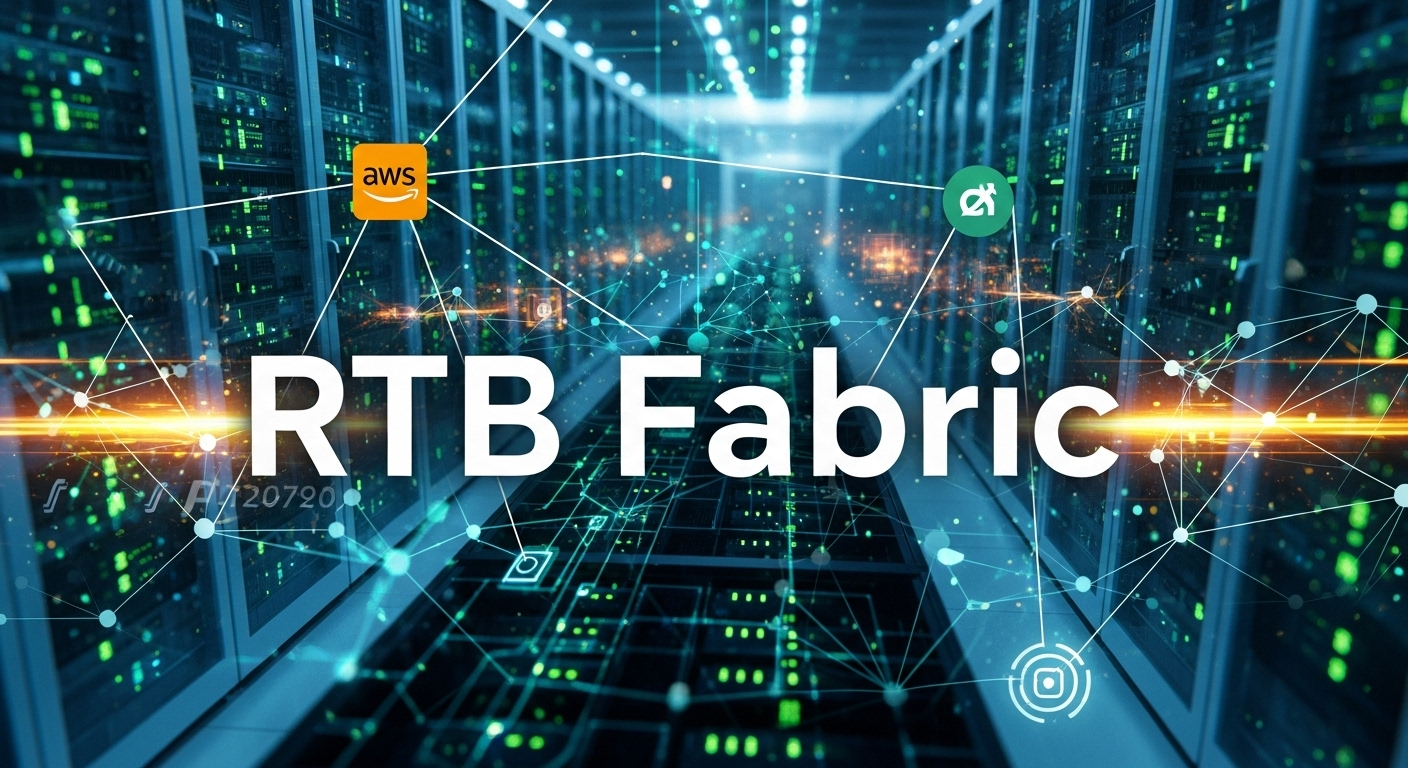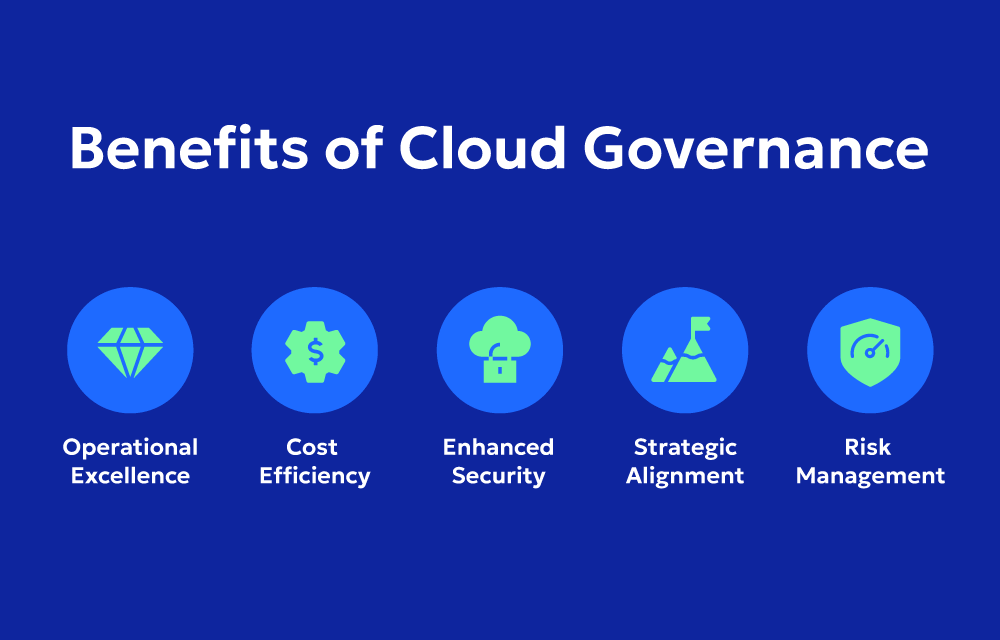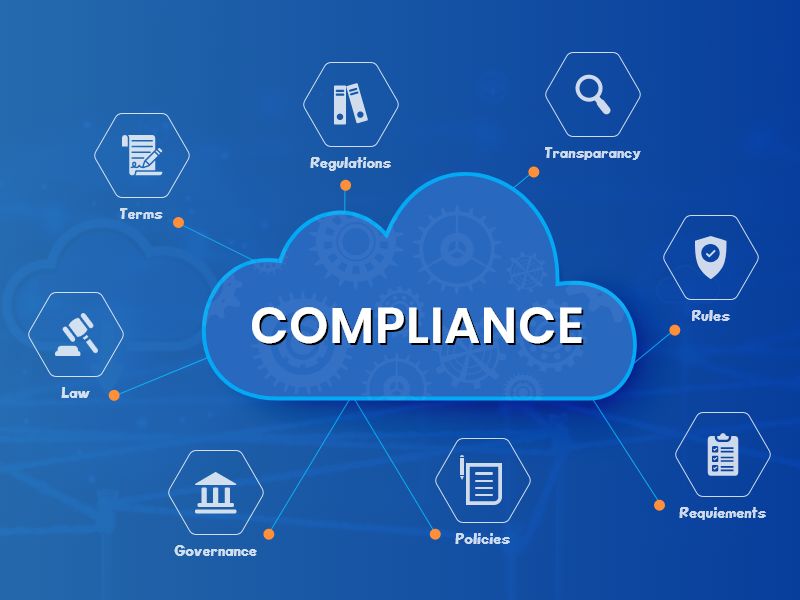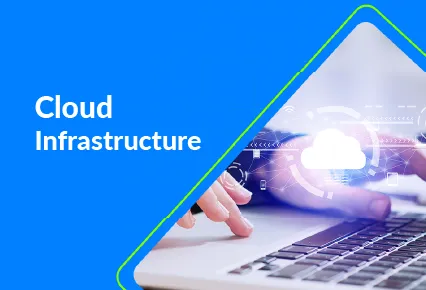So, AWS Backup now plays nice with Amazon EKS. It’s a pretty big deal, actually. For anyone running Kubernetes clusters on AWS, this new support offers a simpler way to handle backups and restores. No more wrestling with custom scripts or third-party tools.
It kind of feels like AWS is saying, “We got you.” And you know, in the world of cloud computing, that’s a welcome message. The whole idea is to make things easier, right? To let you focus on what matters – your applications, your users, your business – instead of getting bogged down in the nitty-gritty of data protection.
The core of the announcement is that AWS Backup now provides a fully managed, centralized solution. Centralized is key here. It means you can manage backups for your EKS clusters alongside all your other AWS resources from a single place. That alone is a win for anyone who’s ever had to jump between different consoles or systems.
And it’s not just about the convenience. Think about the security implications. Having a reliable backup and restore strategy is fundamental for any production system, especially when dealing with something as complex as Kubernetes. If something goes wrong – a configuration error, a security breach, whatever – you need a way to get back on your feet quickly. AWS Backup is designed to help you do just that.
Notably, the press release highlighted the ease of use. You don’t need to be a Kubernetes expert to back up and restore your clusters. You can use the same familiar AWS Backup console and APIs you’re already using for other services. That’s always a plus. Lowering the barrier to entry means more people can take advantage of these essential security practices.
It’s worth mentioning that the support covers both the cluster itself and the application data running inside it. So, you’re not just backing up the control plane; you’re protecting everything that makes your applications tick. That’s comprehensive.
Earlier, managing EKS backups often involved stitching together various tools and scripts. This new integration streamlines the process, making it more efficient and less prone to errors. It’s a move that should make life easier for DevOps teams and anyone responsible for maintaining the health and security of their EKS environments.
In a way, this is just another piece of the puzzle. AWS is constantly adding new features and services to make the cloud a safer, more manageable place. This new support for Amazon EKS in AWS Backup is a good example of that ongoing effort. It reflects a shift towards providing more integrated, user-friendly solutions, which is a trend I think we’ll continue to see.
For now, it seems like a solid step forward, simplifying a critical aspect of cloud operations. And that’s always something to appreciate.






